Gary Gygax's First D&D-like Experience
That may seem like a bold claim, but it's one based on a primary source.
What was Early Gaming Like?
There’s been a lot of discussion lately about what Old School D&D was “really like” and how modern gaming styles diverge significantly from the way that D&D was originally designed. I find these discussions interesting for a number of reasons and have articulated some of my feelings about these debates in my recent post (linked below) discussing how “Dragonlance Killed D&D.”
The TL;DR version of that post, and my position, is that D&D has always been played in a variety of play styles. From the moment the game was created, the fans made the game their own. Yes, the rules for AD&D provided the foundation for a gaming experience where player characters started out very weak and where resource management was at a premium. Adventures like Keep on the Borderlands reinforced this style of play. One does not journey to the Caves of Chaos planning a long stay with sleepovers in the Caves. Instead, one plans careful and well timed quick strike raids into different sections of the Caves. These strikes destabilize certain parts of the Caves while strengthening the player characters.
Here is how Gary describes how a Dungeon Master should approach running forays into the Caves.
The focus here is clearly on careful resource management, not just by the players but by the Dungeon Master as well. Notice how Gary advises the DM to “make adjustments” to the areas the players have visited. This advice assumes that some of the monsters, if not most, will have survived the player characters’ first attempts to explore the are and will create tactics in response.
Professor Dungeon Master, in his video about “Fake Orcs” which is currently down but will be reuploaded soon (and I’ll provide the video when it’s back up), discusses one potential way a DM might incorporate his advice. In the case of Professor DM, it results in a highly lethal encounter in area B of the Caves of Chaos. Thankfully that encounter is 50 feet higher (at a 32° degree angle of incline) so it’s unlikely that players will choose that as their first area to explore when area A is at ground level. Though I’ve found most DMs fail to mention the how steep the slopes of the Valley in which the Caves are located.
That short bit of advice isn’t all the advice Gary gives. He gives some advice regarding the stocking of the Caves in general and advice for each sub-section of them. The advice for how to manage all the Caves is as follows.
Note here that Gary says that a cleared location will be deserted for 1-4 weeks and will only find new inhabitants if there are no further intrusions. The advice here is that in general monsters who survive will prepare, but if an area is cleared out it will remain empty so long as player characters return on a frequent basis. This allows for the eventual clearing of the whole complex, which is the eventual goal of the adventure. After all, once the threat behind the threat behind the threat has been eliminated, following the typical Gygaxian tiering of adventure, there is no longer pressure on any survivors to expand into human lands.
But that’s just the general advice. Gary gets very specific in ways that show that the resources of the opposition in the Caves are limited. In both the Orc area and the Goblin area, Gary informs DMs that “losses cannot be replaced.” That’s not entirely true based on the ecosystem Gary has set up because most areas have children, but it would take years for the children to replace the adults so it’s effectively true. In both cases, there is the option for the foes to flee the area for good if they need to.
Keep on the Borderlands is a great introductory adventure that can provide months of fun for your gaming group if you play it as it was written. It is intended to be a tactical challenge with resource management, risk, and loss being a baked in part of the fun. It’s very “wargamy” in the sense that it is almost as if the players are a small specialized military unit infiltrating, destabilizing, and eliminating a hostile encampment. It’s the gaming equivalent of the SAS Rogue Heroes in the North African Campaign.
I know I mentioned that this can provide months of fun in the above paragraph, but I’d like to reiterate that I LOVE this kind of gaming and it is very much a style of D&D that I have enjoyed again and again.
But is it how early D&D was played or were initial experiences a little different?
Stages/Styles of Game Play
Last year, when the readership of this Substack was much smaller, I recounted my first experience playing D&D. It was terrible.
As terrible as that first experience playing D&D was, it was relatively typical for what I consider to be the stages/styles of role playing game experiences. I was going to go with just “stages,” but I realized that there is no hierarchy of which one of these is best and that these eventually become styles of play. I am keeping it as part of the definition because I do think there is a kind of order to when they are first experienced, at least there was for me. So what are the “stagyles?” of D&D gameplay?
Monte Haul Time — The first gaming experience is a kind of wild gonzo experience where you are inspired by the possibility of the game and want to make sure to cram as much of that experience into your game play as possible. This is the feeling you get when you open the Monster Manual see the full menagerie of mayhem and then you read the magic items in the Dungeon Masters Guide for the first time. You know you may never get to play this again, so it’s straight to the all you can experience buffet. You have a great time.
Time to Get Serious — After your first 100th level character, you realize that there is actually something more going on with this game and that it should be a little harder and more serious. For my group, it was after I had my players travel to the 1st level of Hell to kill Tiamat where my players’ characters proceeded to threat it like a cake walk, that we realized that Monte Haul time was over and we needed a challenge. While Tomb of Horrors marks the most austere of this kind of reaction, it clears the slate of all those over powered characters, Keep on the Borderlands is an ideal place to start a new campaign. This time, it’s about exploration and caution. Things are lethal. You are careful. You have a great time.
What About the Story? — Just about half way through clearing the Caves of Chaos, your DM finally reads up on some of the inhabitants of the Keep and realizes that there is more than mere miniatures marching (that’s a Thomas Jefferson reference) going on here. There are motivations! At this point, the blacksmith starts negotiating with you and your conversations with the Castellan become more lively. You might even realize that Charisma is one of the most powerful statistics in B/X D&D, if you use the Reaction Table. It’s also when you notice that your Elf speaks Goblin so should have known what “Bree Yark!” means in the first place. Your stories are “emergent” and come from what happened in gameplay, but you make sure to try to create moments for story. You have a great time.
It’s all About Story! — At this point, your players begin to show more interest in random PCs with interesting descriptions that were only meant to be background characters. They want STORY FIRST and you oblige. You begin outlining adventures. Your gaming sessions try to emulate Critical Role and other troupe style play streamers. You are playing Vampire the Masquerade and Camarilla, Powered by the Apocalypse games, and have maybe even ventured into the world of Amber Diceless. Rules? Where you’re going, you don’t need rules. The campaign becomes your DM’s published fantasy novel (maybe). You realize this shares a lot with the first stage. You have a great time.
Return to other Stagyles or Invent New Ones — At this point you realize that these weren’t stages of game play, but styles. Your game play wasn’t “evolving” and “improving” as it became more narrative. Instead, you realize that each stage had something to offer. You were always having a great time. You feel nostalgic for the old. You experiment with the “rules” stage even more and realize that playing with the weapon to-hit modifications and multiple initiative systems has merit. You examine the possibility of playing D&D using the Chainmail rules. You mix Amber DM advice with Chainmail. You have a great time.
At least that’s my journey, but from what I’ve seen it’s pretty typical. There might be stages I missed. You might have experienced the stages in a different order. You might have been introduced to the gonzo first stage long after your initial introduction. Not only do players go through these stages, so too does game design. Look at the waves of game design. Look at the Fantasy Heartbreakers and Indie Heartbreakers and what they focus on and how that reflects stages of play.
Okay Smartypants Did Early Gamers Go Through the First Stage?
In thinking about how I was going to present Gary Gygax’s first D&D experience, as described by Robert Kuntz (and I’m getting there I promise), I read up on some of the early days of the gaming hobby. A key resource for this was the APA-L, the official fanzine of the Los Angeles Science Fantasy Society. LASFS was founded on Oct. 27, 1934 and is the world’s oldest continuously active science-fiction and fantasy club. It’s membership has included Forrest Ackerman, Robert Heinlein, Harlan Ellison, Ray Bradbury, Jerry Pournelle, and pretty much any Los Angeles based Science Fiction or Fantasy author since 1934. One of its most important members, especially for the gaming community, is Lee Gold. Lee is the archivist of our hobby and the creator of the Alarums and Excursions fanzine. That fanzine came into being because SF/F fans who weren’t gamers got sick of reading about D&D in APA-L and the amount of gaming related content needed an outlet.
The first mention of D&D in the APA-L comes from Mark Swanson in the October 24th 1974 issue of APA-L (Issue 493). In his Kyth Interstellar Bulletin, written on October 10, 1974 but published later because the fanzine was made up of mailed in entries in the pre-internet world of the 70s, Mark describes his experience playing Dungeons & Dragons. This is mere months after the game had been created, though he is already talking about some campaigns having lasted for “years” which lets us know people were playing something akin to D&D before the official publication.
Let’s have a look at how he describes the “Basic” game.
He’s playing in a game that has 1st level characters facing “four Balrogs.” JFC?! Really?! Apparently enough of these 1st level “Veterans” subdue two dragons and take them to the market to sell. That’s gonzo and Monte Haul as all get out. I accidentally edited out the first sentence, but it says “In the basic version the gamemaster rolls dice to determine what you meet.” I noticed two things here. The use of gamemaster predates where I thought it might first be used and Mark and his crew relied completely on random tables to determine encounters. It was only in the “advanced” game where the DM actually designed a dungeon. This is straight up stagyle 1 play and it sounds like a blast. It’s no wonder that this led to D&D talk taking over the APA-L.
But What About Gary?!
Okay, I’ve been promising you since last week’s essay on Dragonlance “killing” D&D that I was going to share with you a description I found of Gary Gygax’s first D&D experience. Did Gary’s game start out at stagyle 1 or was it more like the tactical stagyle? After all, Gary had a long experience playing miniatures games rooted in the English miniatures tradition, an honorable tradition featuring members like Donald Featherstone and Peter Cushing.
According to Robert Kuntz, author of Gods Demigods and Heroes as well as a Greyhawk DM, his and Gary’s first experience was straight up over the top stagyle 1. In issue 1 of Fantasy Games Unlimited’s short lived gaming magazine Wargaming (it only had 4 issues), Robert Kuntz describes David Arneson running a game for him and Gary. The issue was published in 1977, pre-AD&D, and is not included in the large D&D legal case file that recently surfaced as far as my initial perusal of that collection of documents shows. That’s too bad, because it does more for David’s case than the issues of Different Worlds that were included.
Here’s an excerpt from his article D&D: Past, Present, and Future:
What is it with these early games and characters encountering FOUR BALROGs?! Good grief! One thing to note here is that Gary’s experience, and Rob’s, is very much a stagyle 1 experience. Their brand new characters are fighting, and defeating, Balrogs. They are using Wish spells held within stasis in a magic sword awaiting use. Too bad the “hapless troll” didn’t use the wish on the players, or maybe too good. Had they not survived all this mayhem, we might never have gotten D&D as a game.
It’s amazing to see that my own early gaming experiences are reflected in the early gaming experiences of those who created the hobby. Nothing says “It’s Styles not Stages” more than realizing this connection. I wish I’d been at that table, even if it lacked careful tactics and resource management or a plotted story, because it sounds like a great time!




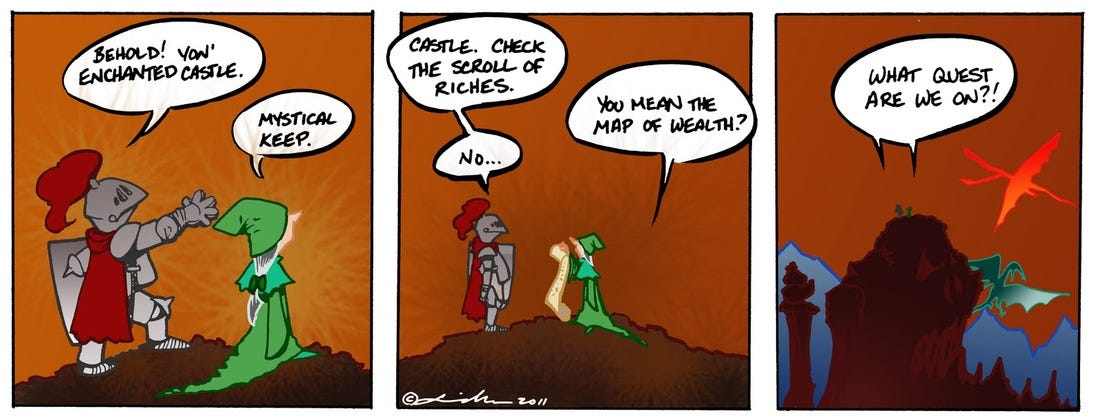
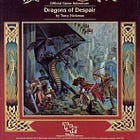

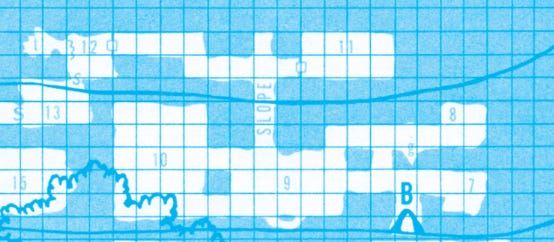



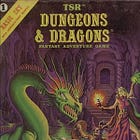


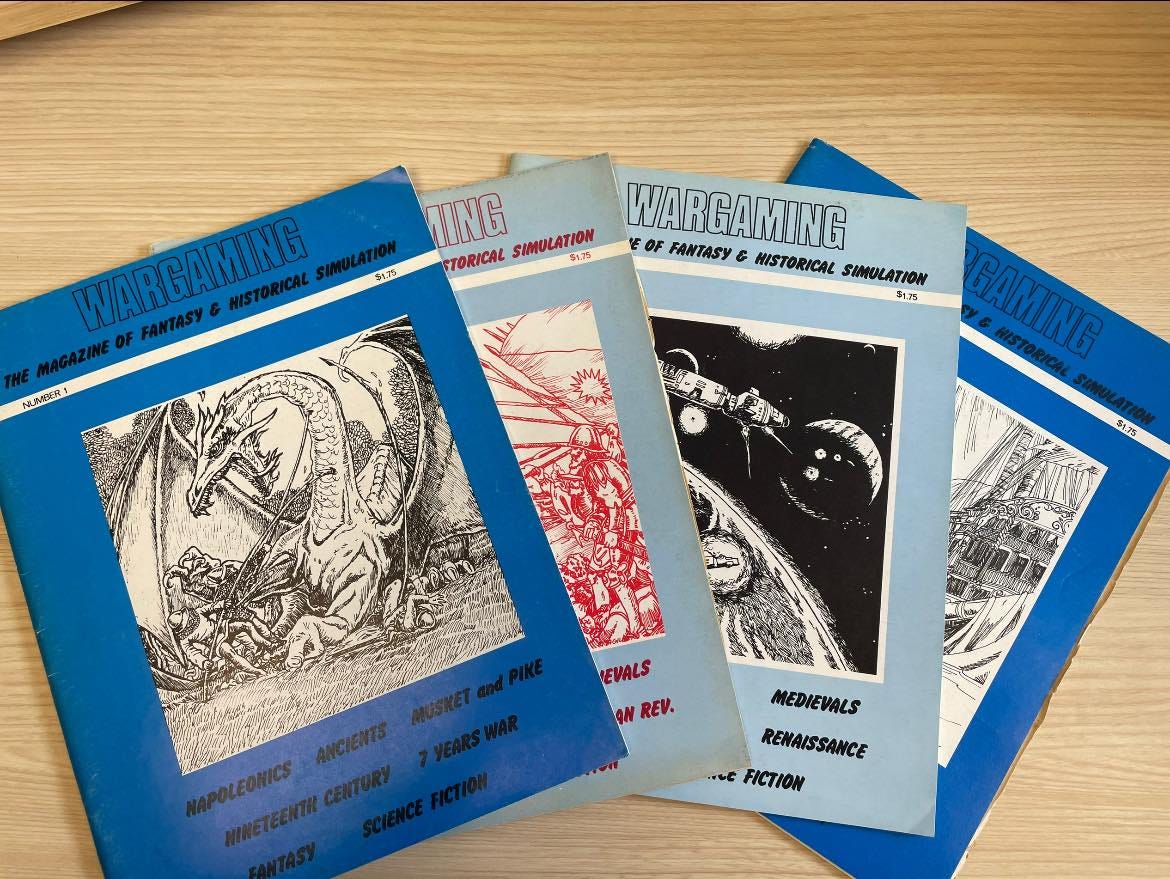

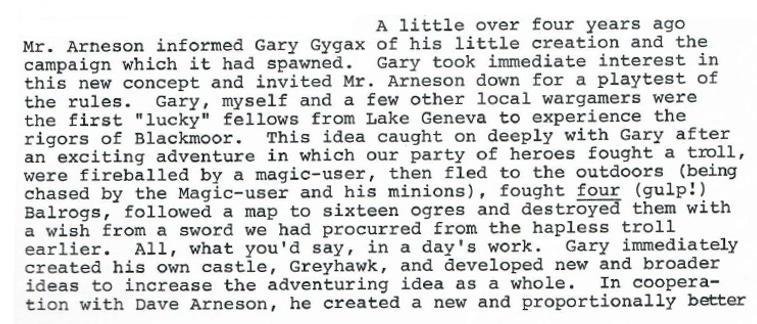
Interesting